

American Indians in Texas at the Spanish Colonial Missions
| Jesus J. Reyes Jr. | Fall 2000 |
| History 1302 | Hines |
-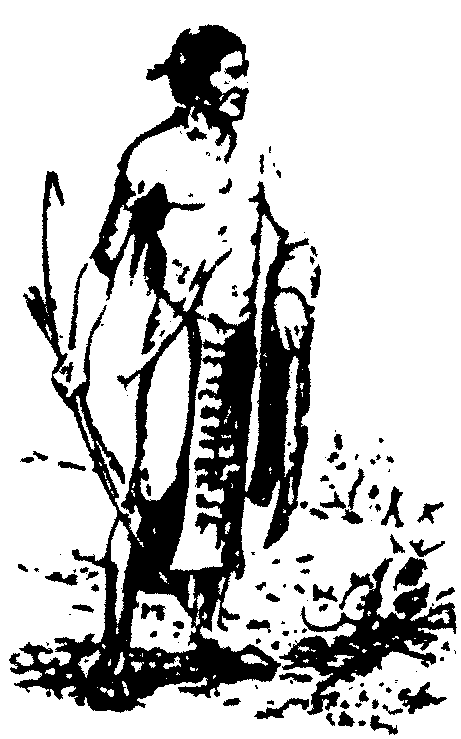 As I open my eyes and as my mind starts to record the beginning of a new day, I hear the songs of a beautiful morning, just as I've awaken in the bosom of mother earth. Last night, this environment played their songs and their drum and that of all my relatives were singing. Los Coyotes, El Tecolote, y las Ranas. And like last night, this morning and the other of my relatives are speaking to me. Small Reins, Ravens, Hawks, and Roosters. That night as a guardian of a ceremony and of our peoples we were able to receive of the ceremonial prayers as well. As part of this ceremony and sitting at this location of Applewhite,
As I open my eyes and as my mind starts to record the beginning of a new day, I hear the songs of a beautiful morning, just as I've awaken in the bosom of mother earth. Last night, this environment played their songs and their drum and that of all my relatives were singing. Los Coyotes, El Tecolote, y las Ranas. And like last night, this morning and the other of my relatives are speaking to me. Small Reins, Ravens, Hawks, and Roosters. That night as a guardian of a ceremony and of our peoples we were able to receive of the ceremonial prayers as well. As part of this ceremony and sitting at this location of Applewhite,
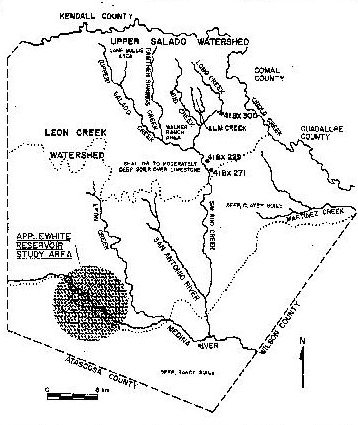 I can't help but think of the rich history of my people and of the changes we have taken up, mostly by force, to keep our families going. Because of this
attitude we continue as strong peoples with a great respect toward
our families even under our current label as Hispanics, but little by
little, this seems to be changing us in todays society.
I can't help but think of the rich history of my people and of the changes we have taken up, mostly by force, to keep our families going. Because of this
attitude we continue as strong peoples with a great respect toward
our families even under our current label as Hispanics, but little by
little, this seems to be changing us in todays society.
 As I look at the
ground that I stand on and wonder how we have come from who we were
to who we are. This place I'm talking about is very special
to my families. We have been gathering here for years now. But, more
importantly, we've been here for thousands and thousands of years.
This place was researched by anthropologist that have documented
findings that date back ten thousands of years. Coahuiltecos as the
Spaniards called us grouped our clans and families from the region of three
Mexican states of Nuevo Leon, Tamaulipas, and Coahuila. South
Texas as well as up into Nacogdoches, Texas our People, Tap Pilam,
lived in the immediate region of the upper and lower Yana Wana,
better know as the San Antonio river, were documented. Some
historians say that we have good documentation and in some cases
even better than some Federal recognized tribes. This project
brings sadness to my heart for my families, as I reflect
the past struggles of my people. But I must step forward
in this way so my future decendants will not parish. But come
to think about it as my uncle put it, "Six flags have flown
over Yana Wana and six more can fly and we will still be here."
As I look at the
ground that I stand on and wonder how we have come from who we were
to who we are. This place I'm talking about is very special
to my families. We have been gathering here for years now. But, more
importantly, we've been here for thousands and thousands of years.
This place was researched by anthropologist that have documented
findings that date back ten thousands of years. Coahuiltecos as the
Spaniards called us grouped our clans and families from the region of three
Mexican states of Nuevo Leon, Tamaulipas, and Coahuila. South
Texas as well as up into Nacogdoches, Texas our People, Tap Pilam,
lived in the immediate region of the upper and lower Yana Wana,
better know as the San Antonio river, were documented. Some
historians say that we have good documentation and in some cases
even better than some Federal recognized tribes. This project
brings sadness to my heart for my families, as I reflect
the past struggles of my people. But I must step forward
in this way so my future decendants will not parish. But come
to think about it as my uncle put it, "Six flags have flown
over Yana Wana and six more can fly and we will still be here."
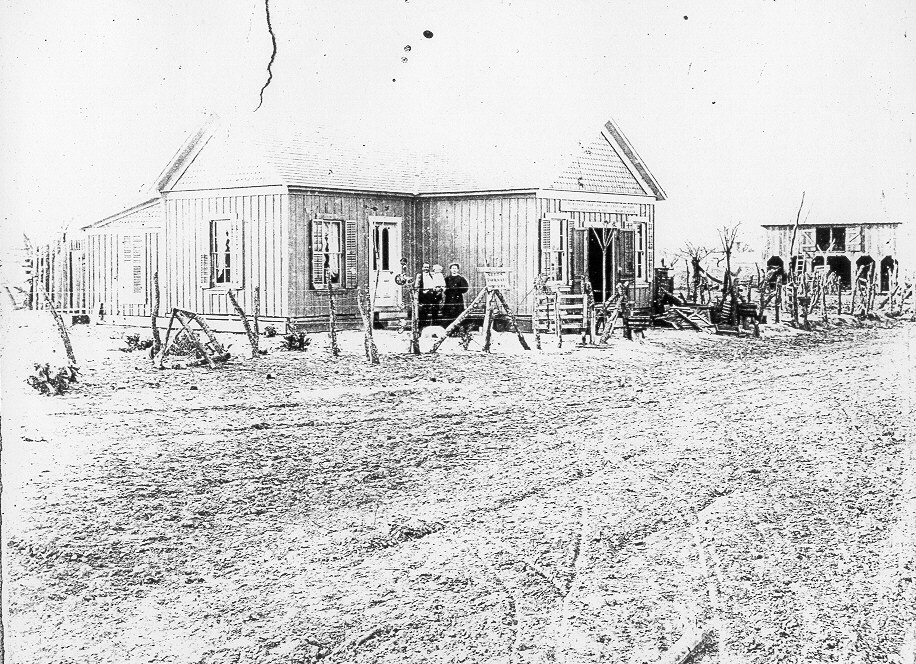
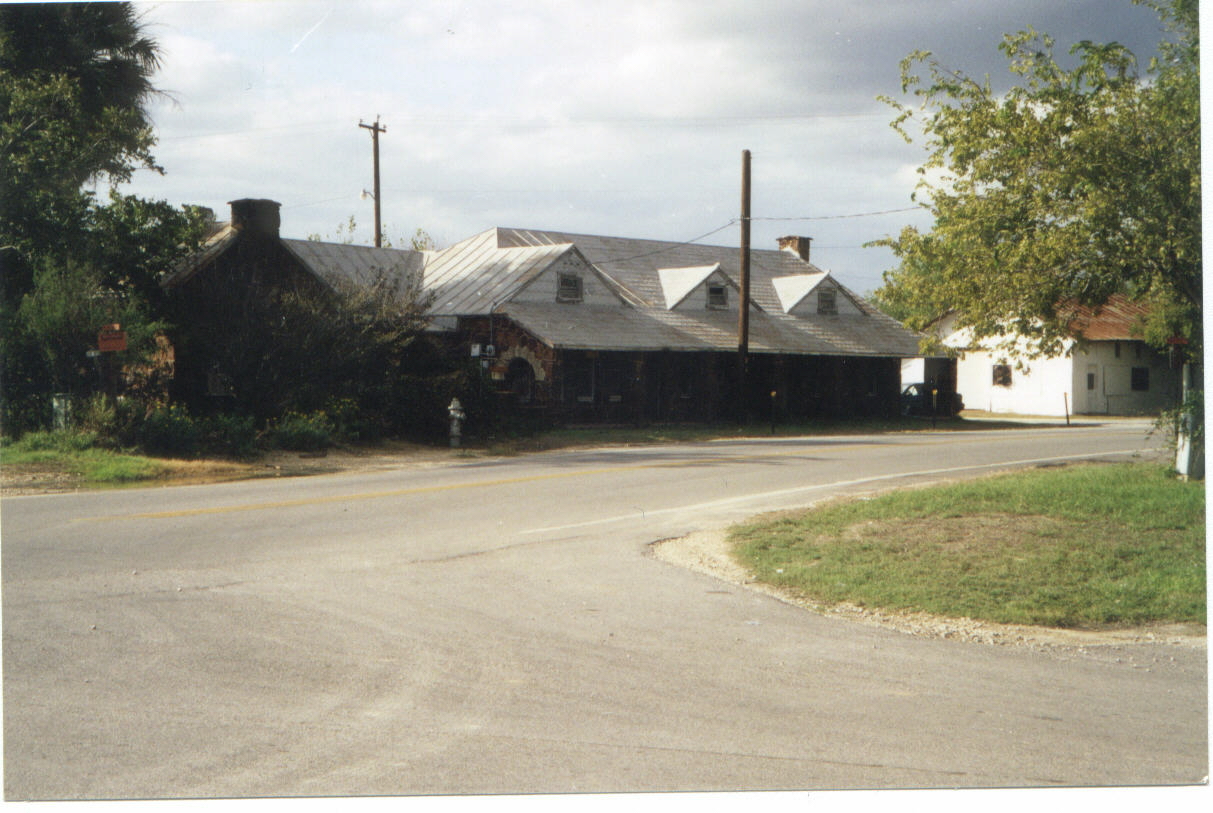
 ORIGINS:
ORIGINS:
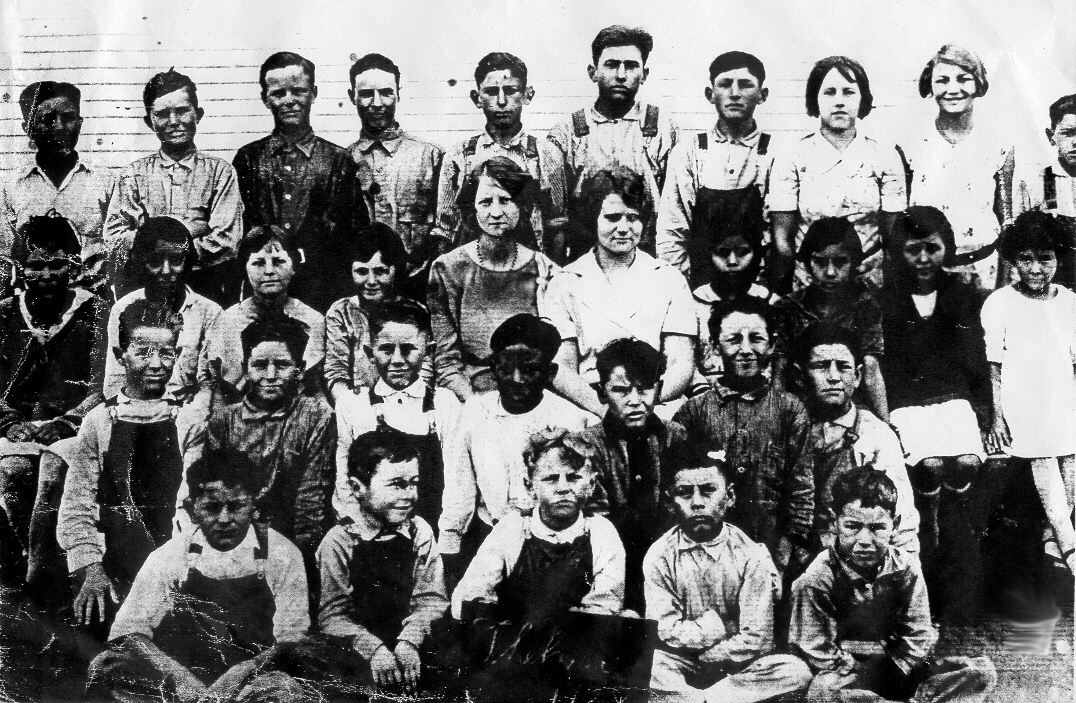
"FOUNDING FATHERS": My families exsistance on this land is of most importance to this area as the community of Thelma, Texas. This is where my grand parents grew up. My family still resides in this Community. Most people like to talk about historic sites and it's events. You will hear most stories that are great stories but there is one that will no longer be ignored. My family being from this small community will serve as this projects' purpose. The founding fathers most people will say are the people that established the name of Thelma. But this is not about a family, it's about families of Thelma. When the Europeans arrived to this land, YES, including the Spaniards, they documented most stories which involved themselves mostly, but the one thing that my brother says is that the best thing that the Spanish ever did for our people is the documentation of our people. But even at that, they fail to share those story. Which I hope people will start to include in their research of their families past. The founding fathers start with the decendence of the "People of the Earth", Tap Pilam. Without these families the Watsons would not have purchased that one acre of land. As well, as the other white families that came before the Watsons.
ECONOMY: The economy of the area prior to the researched information in this project (Thelma 1904) was relatively poor. Each family provided for it survival. In a story taken from his manuscript written for Fred Martinez, is of the memories of my tio Roberto A. Reyes from the turn-of-the-century in Thelma.
| WAY OF LIFE IN THELMA
|
| "All around Thelma, Losoya and Cassin lived farmers. They had small farms but they could make a living. The farms were worked with mules, the tractor was not known yet. But the mules were used to plow and cultivate the fields. The farmers raised good crops, thus making a living. In those years it was easy for farmers, as it rained frequently. In April, we had showers almost daily. They called them "April showers". Almost every cloud that passed would leave us a little shower. Those showers were good for the crops. But the field and pastures were a sight worth looking at. Lots of flowers of every kind, especially the poppy flowers of red, white and yellow. There were Texas blue bonnets and lots of others I don't know the names of. The principal crops were corn, cotton and sorghum, though all of the farmers always had a patch of watermelon and cantaloupe. They had to take them to San Antonio to sell". |
The stories of my ancestors prove that of a hard working farmers that when harvesting their crops would travel to sell. This was the way of life for my people that had been taught by their ancestors as mission Indians which had to care for their families year round. This way of life excluded an education through out the years. So this was the exitence of entrepreneurist that the white families so well displayed about. According to my grandfather Miguel Reyes Jr. " I remember that I would have to leave school in April to do my part in the family farm simply to survive that year. Also he stated "That my dad had little-to-no education himself to know better."
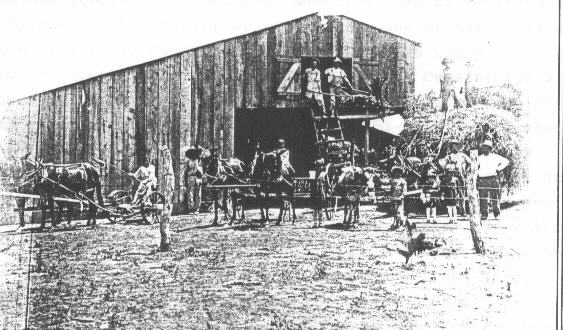
According to the daughter of Thelma Watson, Mrs. Alma Midgett stated that Mr. Jim Watson, her grandfather opened up a grocery store, which was later painted Green, and work it out of the front portion of the the house. The house was built in 1904 and as time passed Jim added to the store which, lasted only until the early 1920's When Jim Watson moved from Mexico to what is now Thelma he built his house and store on an acre of land. By the time Mr. Watson had died he owned about 650 acres of land which had been previously the Martinez Spanish Land Grant. According to Alma Midgett, Mr. Watson had extended credit to the surrounding families with a lien on their land and if they could not pay it, would take their land but allowed them to stay on it and farm it, which they called tenant farming. Now, this occured in the early 1920's nine years before the Great Depression. The undercurrent of the depression was taking it toll on my families and neighbors which also effected Mr. Watson who had to close his store but leaving him 650 acres of my ancestors land. The economic status changed with the times but never enough to be establish as a town. Therefor, Thelma continues as a small community which eventually phased out farming to a certain degree. Most of the families started to work in town (San Antonio) as it got easier to commute to and from with the automobile.
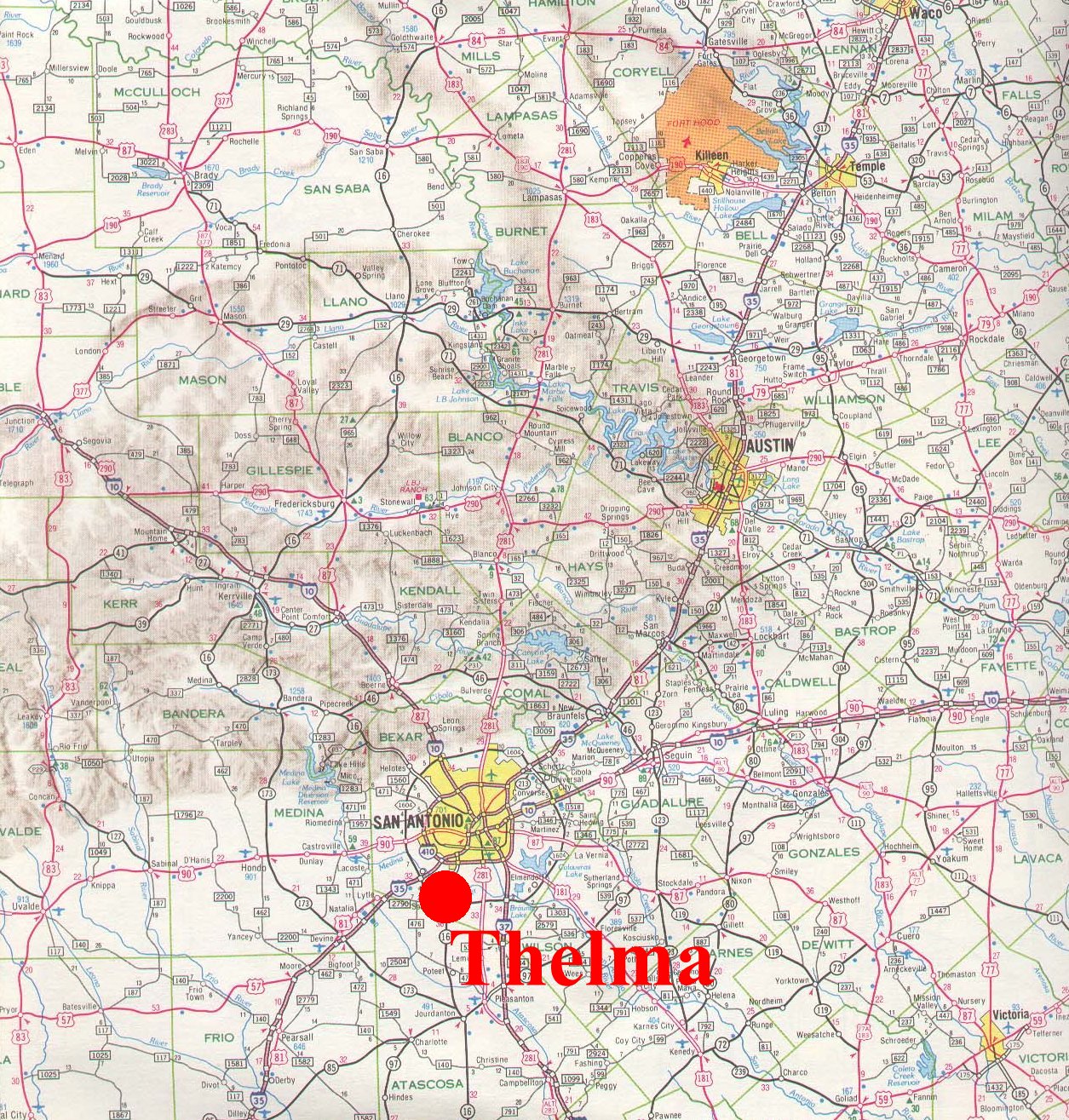
WEBSITES:
Applewhite Map A Vision into the Past, Mike Mecke
ANNOTATED BIBLIOGRAPHY:
Campbell, T.N. and Campbell, T.J., 1996 Indian Groups Associated with Spanish Mission of the San Antonio Missions National Historical Park. Center for Archaeological Rescearch The University of Texas at San Antonio Special Report, No. 16, Second Printing.
Martinez, Fred Losoya-Thelma Journal: Vol. I No. 1 to Vol. II No. 2
Reyes Jr., Miguel. Personal interview. 8 Nov. 2000
Midgett, Alma Personal interview. 26 Oct. 2000
Swanton R., John, Linguistic Material from the tribes of southern Texas and northeastern Mexico. Washington: United States Government printing Office, 1940.
Kirkpatrick, Larry. Addresses.
Hernandez, Ray Personal interview. 30 Oct. 2000
Vasquez, Ramon Personal interview. 3 Nov. 2000
Garcia, Bartholom`e 1760 Manual para Administrar los Santos Sacramentos de Penitencia, Eucharistia, Extrema-uncion, Matrimonio...Mexico.
Vasquez Y Sanchez, Ramon Personal interview. 1 Nov. 2000